The Sigma 17-40mm F1.8 DC lens is a zoom lens highly anticipated by mirrorless camera users, following the excellent 18-35mm F1.8 DC HSM. It is also the second zoom lens launched by Sigma for APS-C format, with the other being the excellent and compact Sigma 18-50 F2.8 DC DN. It aims to compete with the Tamron 17-70mm F2.8 Di III A-VC RXD (900 Euros) and the outstanding Sony E 16-55mm F2.8 G (1150 Euros). This lens weighs 529 grams, has an aperture range of F1.8 - F16, a length of 117 mm, a diameter of 72.9 mm, a filter size of 67 mm, is equipped with 11 aperture blades, features a focus lock button, an autofocus/manual focus switch, and an aperture ring with click/non-click modes. It has dust and drip resistance, a minimum focusing distance of 28 cm, and comes with a lens hood. As an APS-C format zoom lens, it is relatively large and heavy, but this is normal for a zoom lens with an F1.8 aperture. It is well-crafted, easy to operate, and the lens does not extend when zooming.
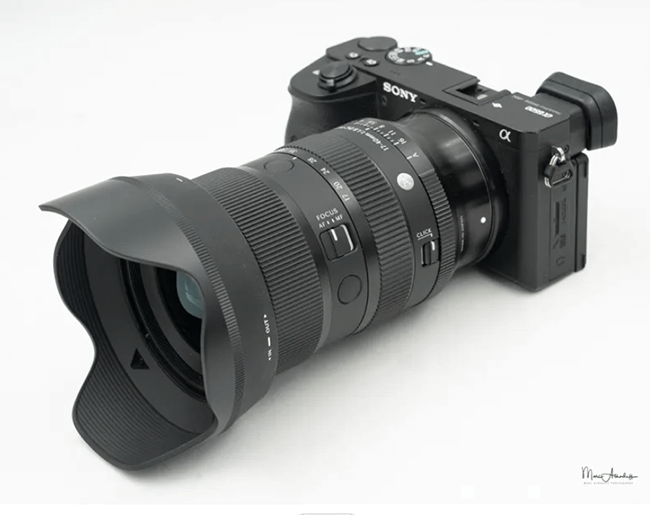
The autofocus speed of this lens is fast, accurate, and quiet. The eye-focus function performs excellently, and the tracking focus is generally good. However, in continuous shooting mode, when photographing fast-moving subjects at close range, occasional focus errors may occur.
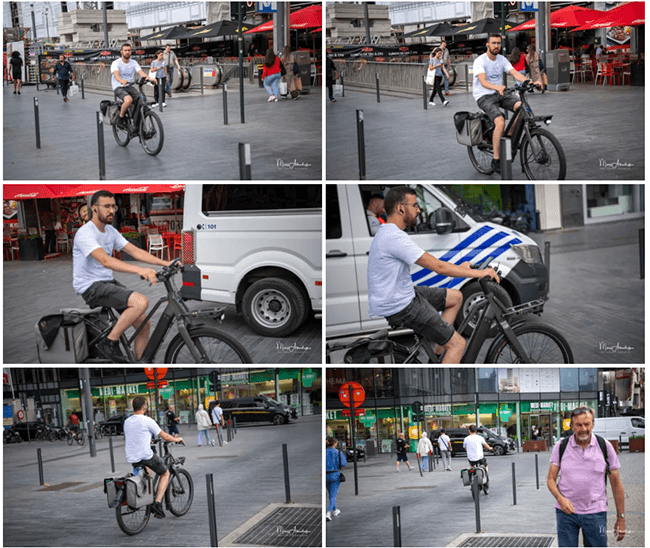
In terms of optical performance, this zoom lens performs exceptionally well. When the aperture is wide open, it is close to excellent levels at almost all focal lengths and across the entire frame. At F2.8, it reaches excellent levels, and the edge areas already perform very well when the aperture is wide open. When shooting at close range, the effect with the aperture wide open is slightly inferior, only "very good", but it returns to excellent levels at F4, with overall performance being extremely outstanding. Considering that testing a zoom lens requires a large number of photos, only one sample for each focal length is shown below, and the complete set can be viewed here. For portrait photography, the sharpness is very good when the aperture is wide open and reaches excellent levels at F2.8. It also performs出色 when used to shoot distant scenes such as buildings or landscapes.
Sharpness performance charts at different apertures, with focal lengths of 17mm, 23mm, and 40mm, and ratings ranging from "excellent" to "medium".
In terms of vignetting, chromatic aberration, distortion, and glare: vignetting is obvious when the aperture is wide open, disappears at F4 for the 18mm focal length, and at F5.6 for the 40mm focal length; distortion is barrel-shaped (relatively obvious) at 18mm, almost zero at 23mm, and pincushion-shaped at 40mm; chromatic aberration is almost zero, but longitudinal chromatic aberration is very obvious; anti-glare ability is strong; starburst effect is excellent.
Close-up of green leaves with sunlight shining through, creating a natural and vibrant atmosphere.
Looking up at fresh green leaves with sunlight shining through, creating a starburst effect.
A close-up of text in a book, which reads "The Toraja occupied the place they built".
Image
In terms of bokeh and color reproduction: at F1.8, the bokeh spots are nicely round, and this shape is maintained when the aperture is stopped down; the background blur effect is acceptable but not particularly soft; color reproduction is very good and natural, and the contrast is also excellent.

A row of colored hot steel cylinders from the "Water Drop" brand are displayed on a wooden shelf, available in green, blue, and red.
Vibrant colored handmade soaps are placed on a wooden shelf, with various shapes and sizes, similar to fruits and vegetables.
In terms of video shooting, this lens performs well in sharpness, color reproduction, and autofocus. The bokeh spots are round, and it presents excellent results for portrait and architectural shooting, with very slight focus breathing.
A comparison of two camera lenses side by side on a white background.
Compared with other zoom lenses, its main competitors include the Sigma 18-50 F2.8 DC DN (500 Euros), Tamron 17-70mm F2.8 Di III-A VC RXD (900 Euros), and Sony E 16-55mm F2.8 G (1150 Euros).
A side-by-side comparison of two camera lenses mounted on a Sony mirrorless camera: the Tamron 17-70mm F2.8 lens on the left and the Sony 16-55mm F2.8 lens on the right.
In terms of parameters, the Sigma 17-40mm F1.8 is larger than the Sigma 18-50 but similar in size to the Tamron 17-70mm F2.8, which has a wider coverage. In terms of specifications, the Sigma 18-50mm is 30% - 40% lighter and 25% - 40% smaller than the Tamron and Sony lenses, and is also thinner than the other two. Its minimum focusing distance is at a good level among the three. Its build quality is comparable to Sony and better than Tamron. The only drawbacks are the narrower focal length range and the number of aperture blades being 7 instead of 9. The Sigma 18-50mm is priced at only 500 Euros, which is highly competitive compared to Tamron's 900 Euros, Sigma 17-40's 1000 Euros, and Sony's 1150 Euros. Tamron is the only lens equipped with optical image stabilization, which is a major advantage for APS-C format models without sensor stabilization (such as A6000, A6100, A6300, A6400).
Comparison of lens performance and sharpness ratings at different apertures for Sony E 16-55 F2.8 G, Tamron 17-70 F2.8 Di III, Sigma 17-40 F1.8 DC DN, and Sigma 18-50 F2.8 DC DN.
In terms of sharpness, the Sigma 17-40mm F1.8 performs slightly better than the other three, while the performance of the other three is very close, all at very good to excellent levels. In the common focal length range of 18-50mm, the portrait shooting effects of the three lenses are not significantly different, all showing good performance, with excellent skin tone rendering, good color reproduction, and soft background blur. However, the blur effect of the Sigma 17-40 may be slightly inferior to the other two. But the bokeh spots of the two Sigma lenses perform the best, followed by Sony. Although Tamron can produce more background blur at the 70mm focal length with slightly larger bokeh spots, the sharpness at this focal length is only good, and the bokeh spots have obvious onion ring effects.
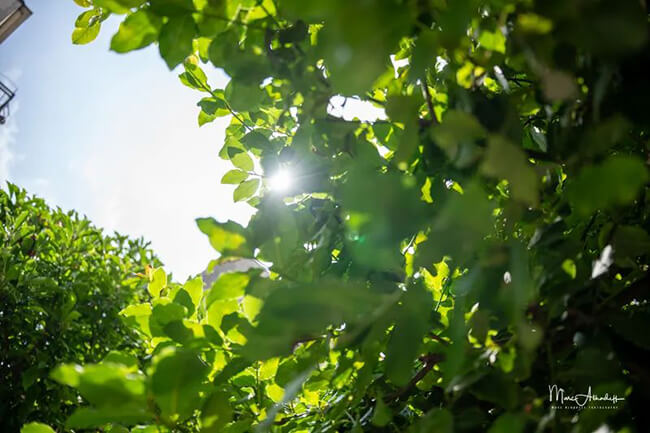
In terms of bokeh blur and bokeh spots: the two Sigma lenses have the best bokeh spots, with the 18-50 having the roundest spots, the 17-40 having larger but more oval-shaped spots, and Tamron performing the worst with onion ring effects. All lenses have very good color reproduction. Except that the background blur of the Sigma 17-40 may be slightly inferior, the background blur of other lenses is soft.


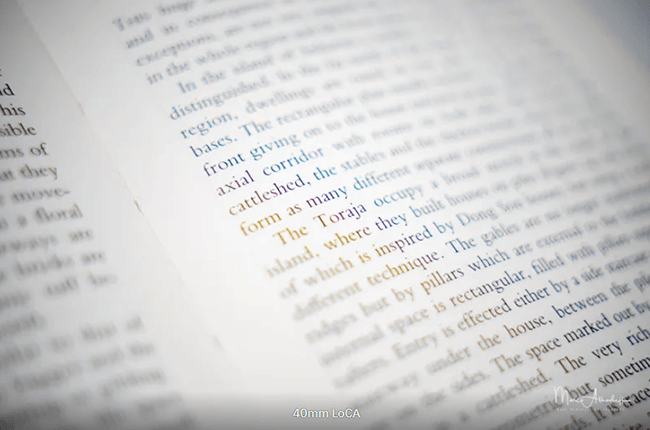
In terms of distortion, chromatic aberration, vignetting, and glare: all lenses have obvious barrel distortion at the wide-angle end, which turns into pincushion distortion at the telephoto end (50-70mm), and all require lens profile correction. All four lenses have obvious vignetting. In terms of chromatic aberration, Sigma and Tamron are slightly better. The Sigma 17-40 has the most serious longitudinal chromatic aberration. In terms of anti-glare ability, Sigma is the best, followed by Sony, then Tamron. In terms of starburst effect, Sony and Sigma perform better.
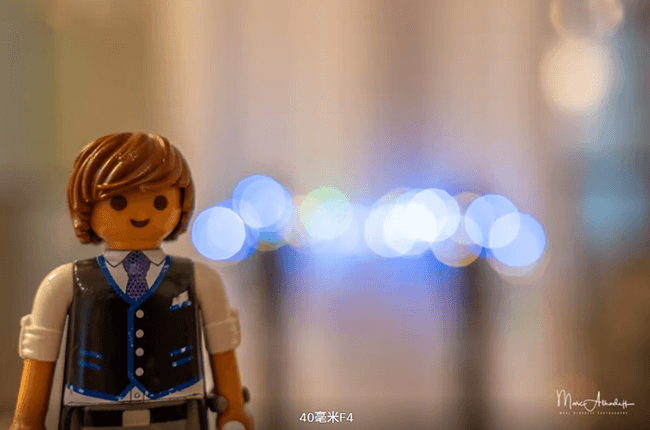


In terms of autofocus, Sigma and Sony are slightly better than Tamron.
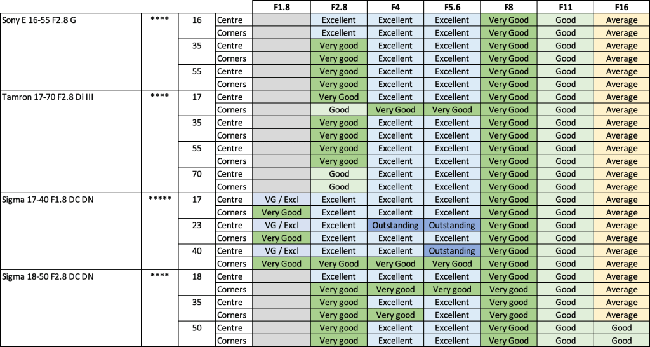
The overall effect of the photos displayed in the sample images is excellent. This lens is versatile, with excellent sharpness, natural color reproduction, beautiful bokeh spots, and fast and efficient autofocus.

Overall, the Sigma 17-40mm F1.8 DC, priced at 1000 Euros, is a unique zoom lens dedicated to Sony APS-C format cameras. Its overall performance is excellent, and it can easily replace 3 prime lenses. Although it is relatively large and heavy, it is comparable to the Tamron 17-70mm F2.8 Di III-A VC RXD. If pursuing a different design, the real competitor is the Sigma 18-50 F2.8 DC DN (500 Euros), which is more compact and lightweight, with performance also being very good to excellent.

A bustling indoor shopping mall with decorative flower arrangements overhead and store windows on both sides. People are sitting at coffee tables, while others are walking through the space.
The advantages of this lens include: excellent sharpness across the entire frame at all focal lengths; unique design of zoom with F1.8 aperture; beautiful bokeh spots; excellent color reproduction; good contrast; good performance in portrait and skin tone rendering; price matching the unique specifications; excellent autofocus; all-weather protection; excellent build quality; easy operation; lens not extending when zooming; low chromatic aberration; excellent starburst effect; strong anti-glare ability; good video performance; slight focus breathing.

The disadvantages are: the background blur effect is acceptable but could be softer; relatively large size and weight; obvious vignetting when the aperture is wide open, but disappears at F4; no optical image stabilization; obvious distortion; serious longitudinal chromatic aberration.
Related Tags: Sigma
